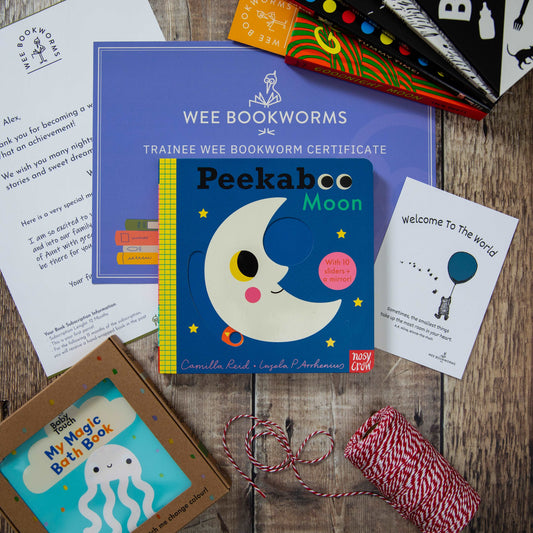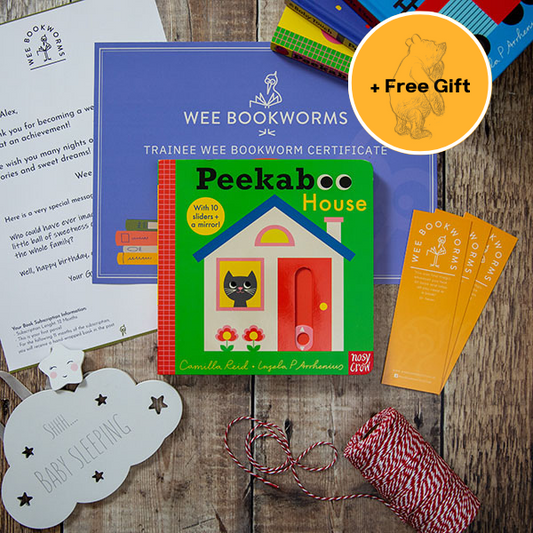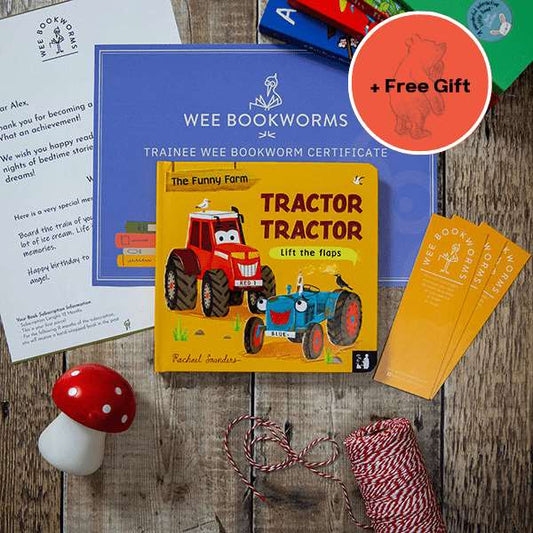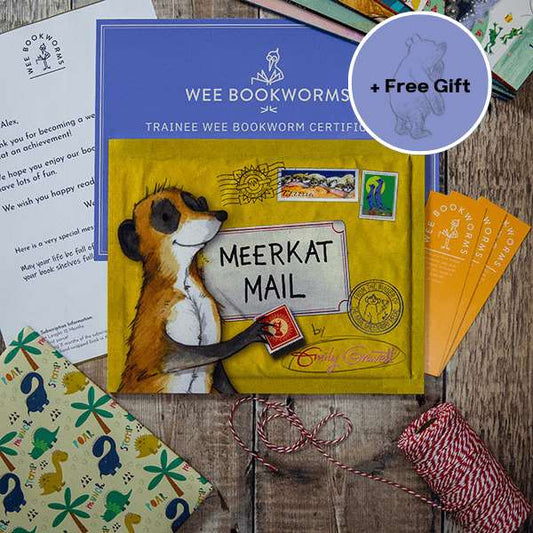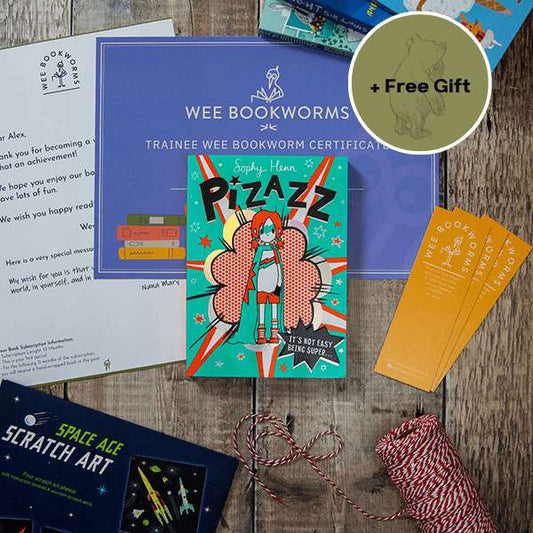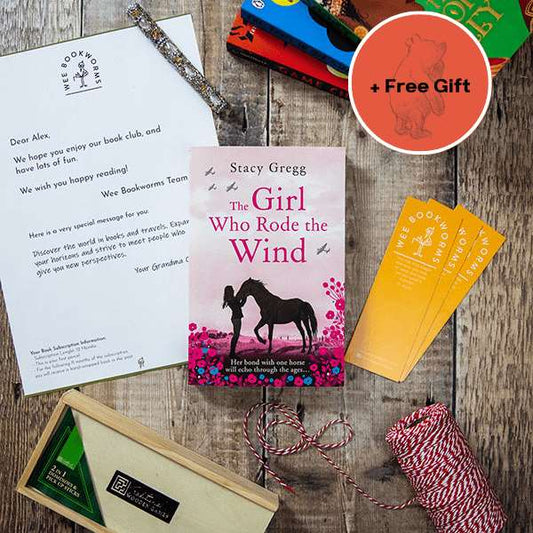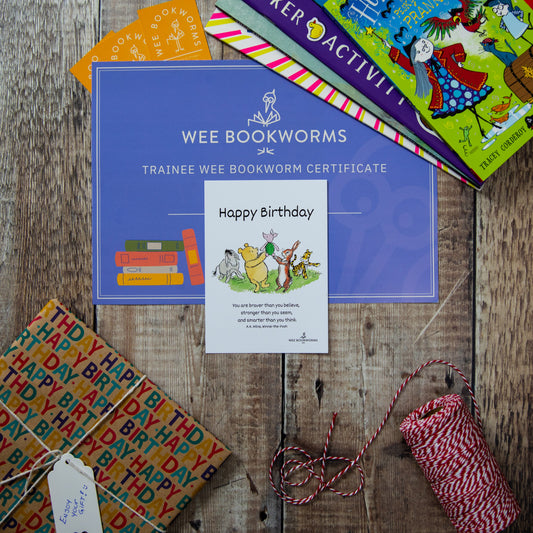When you peek at your books in your bookshelf, you will quickly notice that a lot of famous titles were published by equally well-known publishers. In the UK there are also many independent publishing houses of which we will discuss some in the near future.
This overview will be very useful if you are interested in the publishing trade and if you want to know more about the roots and structures of some of the most successful publishers of children's books.
Before we dive into the publishing world, the following question needs to be answered:
What are imprints?
Basically imprints are trade names and marketing tools. Through imprints, publishers also categorise their own books (let's think about Penguin and Puffin Books, for example). Imprints also make it easier for costumers to find the books they are looking for.
Sometimes imprints can be a bit confusing, as more and more publishers merge and the number of imprints increase (see below). So, basically a publishing company can have lots of different imprints that still belong to the actual parent company. Sometimes editors are rewarded with their own imprints too. In a way, imprints are like brands.
Who are the publishers that dominate the book trade?
For our Wee Bookworms Book Subscriptions we do not only pick books from giants in the publishing industry, but also from indie publishers! The following book publishing houses definitely belong to our favourites.
- Penguin Books
One wonders why they got rid off the Penguin Books vending machine that used to be situated on Charing Cross Road in London. What a marvelous idea by Allen Lane! He called his invention 'Penguincubator'.
Imagine you are in dire need for a good book and, like a vending machine for drinks or snacks at the train station, book vending machines would be everywhere….Amazing!
In 1925 Allen Lane, a young publisher from London and his brothers Richard and John, started Penguin Books. Allen made it his mission to produce paperback books that would be affordable to everyone. Apparently, Allen's secretary suggested a penguin as the logo. And thus, Penguin Books was born.
Perhaps you have noticed that vintage Penguin Books come in different colours. That is because earlier editions were colour-coded. Every colour represented a different genre. For example, biographies were blue and fiction was orange.
I must admit that I love the design of classic penguin books. I even have a penguin book mug and there are also some older editions in my bookshelf.
Since 2013 Random House (the former American equivalent to Penguin Books) is part of Penguin Books. The conglomerate publishing company is now called Penguin Random House.
Puffin Books (established in 1940). Puffin Books's parent company is Penguin Random House. It is one of the largest UK-based publishing houses of children's books.
Ladybird Books (founded in 1867). It all began with a bookshop in Loughborough (England). The actual first book with a Ladybird imprint was published in 1914. Now Penguin Random House is also the parent company of Ladybird Books.
Random House Children's Books
As mentioned above, Random House merged with Penguin Books in 2013. It was established in 1927 by Bennett Cerf and Donald Klopfer in the USA.
- Macmillan Children's Books
Macmillan is an international publishing house that was founded by two brothers (Daniel and Alexander Macmillan) in 1843. It was the original publisher of Lewis Carroll's 'Alice's Adventures in Wonderland'. Similar to Ladybird Books, Macmillan & Co. started as a Bookshop in Cambridge.
Macmillan children's books are often published under the imprint Two Hoots, Campbell Books and Kingfisher. Nowadays Macmillan publishes books of authors such as Julia Donaldson. Take a look at your books, I'm sure you will find one that was published by MacMillan.
- Usborne Publishing
UK-based Usborne Children's Books is actually a family-run and thus independent business. It was established by Peter Usborne in 1973. Usborne publishes a wide range of genres. Different from other publishers, a team of writers, editors and illustrators create the books for Usborne- so they have a sort of in-house publishing team. They are famous for their fantastic sticker books. I can highly recommend them for children between 3 and 10 years old. Not only are they fun but also super informative and interesting. There are lots of categories/themes you can choose from!
- Lincoln Children's Books
Frances Elisabeth Rosemary Lincoln was an independent publisher and started her very own publishing company in 1977. Children's books were firstly published under Frances Lincoln Publishers in 1983. The series 'Little People, BIG DREAMS' for children has enjoyed extreme popularity as it explores the lives of famous women and men who changed the world.The parent company of Frances Lincoln Publishers is the Quarto Group. Thus, Lincoln Children's Books is an imprint of the Quarto Publishing Group UK (yes, it's all a little complicated). There is also another children's book division within Quarto, which is simply called Quarto Children's Books.
- Bloomsbury
Bloomsbury Publishing made a really good deal by giving formerly unknown author J.K. Rowling a chance. Rowling had been rejected by many other publishers before Bloomsbury decided to investigate, whether the magic world of wizards and witches could be a popular theme amongst 90s kids, teens and adults. In 1997 Bloomsbury was only a small independent business, which had been established in the UK by Nigel Newton a mere 11 years before. Initially only 500 copies of 'Harry Potter and the Philosopher's stone' were printed…This was followed by about six more print runs and about half a billion copies!
- Hachette Children's Group
Hachette Children's Group is also a giant in the publishing industry in the UK. One of its biggest hits are the Enid Blyton's books. Hachette was founded in France in 1826 by Louis Hachette .It was only a bookstore and a small print shop. The Hachette Book Group came into being in 1996 and now it is the biggest publishing house in France! It is amazing how little businesses that were started so long ago developed into what they are today.
- HarperCollins Children's Books
HarperCollins is one of the largest publishers on this very planet. It was founded in NYC over 200 years ago by James and John Harper. The brothers ran a small print shop. Back then HarperCollins was simply called Harper. HarperCollins is famous for books such as Judith Kerr's 'The Tiger who came to tea' or the David Walliams books. Now it belongs to the biggest five publishing companies (Penguin Random House, Simon & Schuster, Hachette, Macmillan) that dominate the English-speaking market.
- Simon & Schuster
Simon & Schuster is also an American publisher (and now subsidiary of the giant media company CBS) that was established in 1924 by Richard L. Simon (also called Dick) and M. Lincoln Schuster (Max). Together they developed a crossword puzzle book, which turned out to become a bestseller! Dick and Max believed in the power of marketing and thus they spent a lot of money on advertising and marketing. They were also the first to publish paperback books for the mass market in the USA! Famous children's books such as 'The Spiderwick Chronciles' or the Miffi books are published by Simon & Schuster Children's Publishing.


